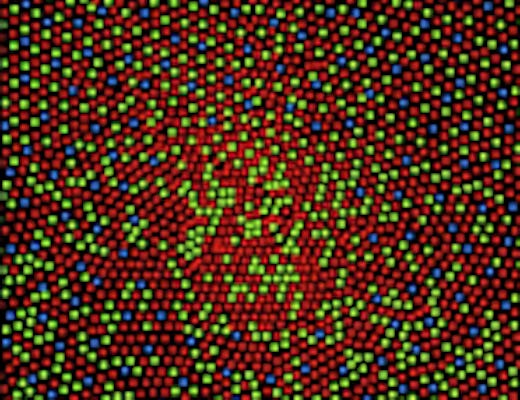How Does a Spectrometer Work?
A spectrometer is a scientific instrument used to analyze the light properties of a luminous object or reflected light. The instrument measures these properties of light over a specific section of the electromagnetic spectrum.

The Components Within a Spectrometer
For a spectrometer to operate successfully, it requires a number of different components.
The entrance slit within the spectrometer is important as it determines the amount of light that is able to enter the instrument to be measured. This does not only affect the speed of the spectrometer engine (more light could typically result in a faster instrument) but also the optical resolution expressed in full width at half maximum (FWHM): the smaller the slit size, the better its resolution.
Light passing through a narrow opening like a slit has the natural behavior to become divergent. By reflecting the divergent beam onto a concave mirror, the light beam becomes collimating: all rays of light are directed parallel towards the diffraction grating. The grating is used as a dispersive element to disperse the wavelengths of light. Properties of the grating do not only include its dispersion range but also influence the optical resolution by the number of grooves. A second parameter of the grating, its blaze wavelength, determines the optimal efficiency at various wavelengths.
Once the light hits the diffraction grating each wavelength of light is reflected under a different angle (similar to a prism). Different diffraction gratings can be used to identify different wavelength ranges. As also this beam is divergent because of the grating’s behavior, a second concave mirror is used to focus light rays of each wavelength towards specific pixels of the detector. At this point, the actual proportions of each individual wavelength are converted into electrons, which are digitized and then output for the operator to read.
All of the components mentioned above can be configured in different ways to obtain different results. For example, the entrance slit can be altered to allow more or less light enter the spectrometer, and the diffraction grating comes in a variety of types to measure different wavelength ranges.
Spectrometers from Admesy
Admesy offers a range of spectrometers used for lighting, display and analysis measurements.
The Neo series spectrometer is simple to use and provides accurate measurements in a robust instrument. It benefits from high dynamic range and low noise, due to the high-end cooled CCD detector and complete configurability in terms of spectral range and resolution.
The Neo series spectrometer can cover almost any wavelength range in the 250 – 1100 nm range and standard versions, such as VIS and UV-NIR are available. There are various gratings available for use with the Neo series to suit many wavelength ranges.
The Prometheus series offers spectrometers with an integrated viewfinder, especially suited for display measurements, but also useful for many other applications.

